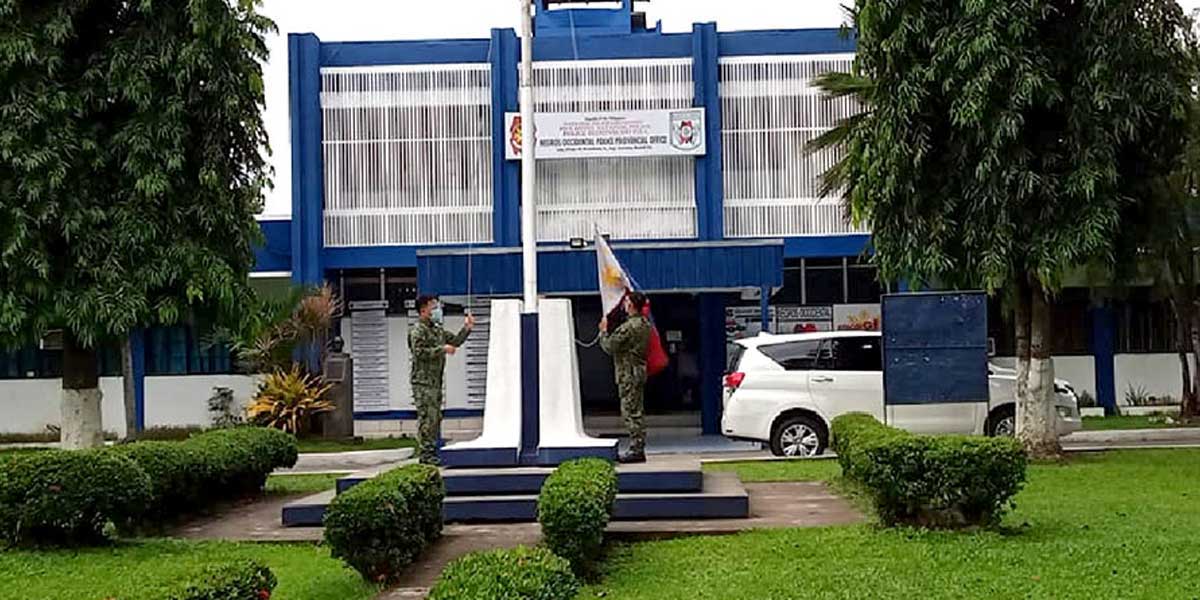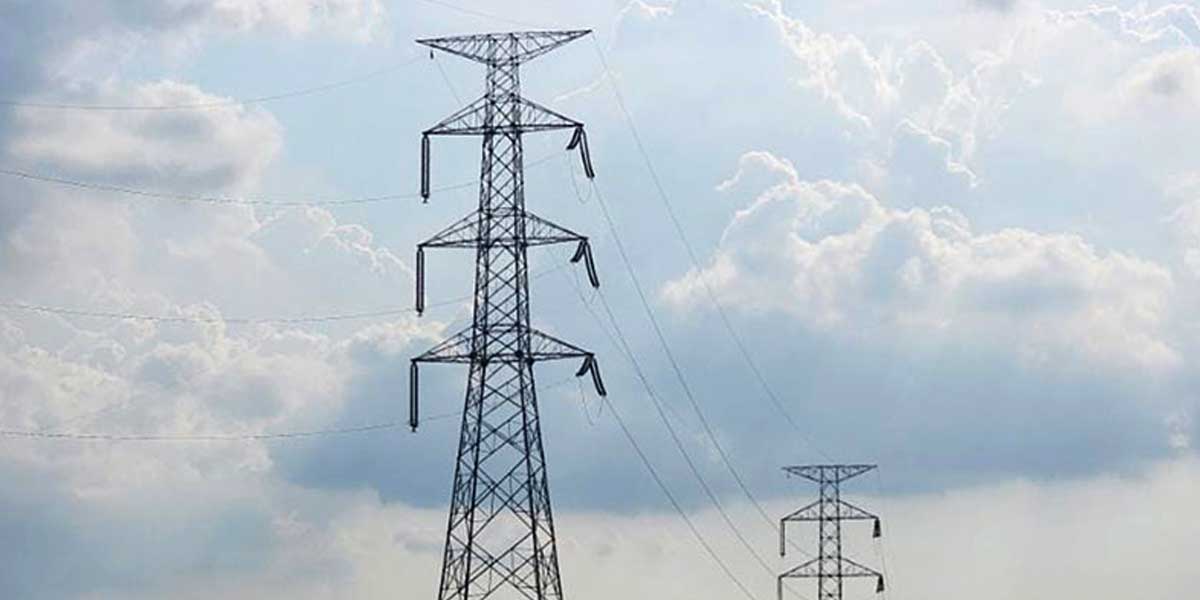 By Art Jimenez
By Art Jimenez
COVID-19 quite abruptly put a halt to our country’s continued quarterly economic growth in the first half of this year when the economy hiccupped with a -0.7% GDP contraction in Q1 followed by a stinging shrinkage of -16.5 percent in Q2. The consecutive negative quarterly GDP growth technically puts us in a hole, called recession as of today.
Why has our economy gone into recession? The medley of alphabet soup quarantines since mid-March strangled 75 percent of business operations and rendered more than seven million workers across industries temporarily or permanently unemployed. And according to DOLE itself, the number could reach 10 million by the end of this year if COVID-19 has its way.
Recall the GDP formula Y= C + I + G + (X – M).
Let us now apply the formula to what happened.
Consumption (C), the main propellant of our economy, is highly constricted particularly in terms of household expenditures due to money insufficiency of the millions unemployed and the reduction in the inflow of OFW remittances. If they don’t have enough for their family needs, all the more they could not afford tours, real property, and branded luxury goods. Thus, household consumption dropped by 15.5 percent.
To these newly unemployed we should add the ranks of the already unemployed and poor before the pandemic hit.
As to Investments (I), lockdowns amid a deadly pandemic do not make for an attractive business environment. Hence, investors suspend expansions, withhold new investments, transfer their business elsewhere or just simply shut down, like what Pilipinas Shell Petroleum Corp. Philippines recently did. All told, investments declined 53.5 percent.
Government (G) expenditures comprised a great deal of our GDP in the first half of 2020. Because COVID-19 came after the 2020 National Budget has been approved, the government had to realign its priorities in favor of battling the pandemic and extending amelioration to MSMEs and those who lost their occupations or jobs. Government had to pass two Bayanihan to Heal as One laws that allot some P440.5 billion for these purposes.
Since the amount is insufficient, we have to go deeper into debt from ADB and the World Bank. All told, government expenditure expanded by 22.1 percent during the first quarter.
Unfortunately, government could not recoup its expenditures from tax revenues because there were not much taxes from closed businesses and from shippers whose cargoes could not enter shuttered seaports while those already in warehouses got stuck due to the paralyzed transport industry.
What is worse is that, government already hemorrhaging to the tune of over P1 trillion from strengthening our health facilities, providing financial support to the sick and the dead still loses billions of pesos to incredibly corrupt officials of PhilHealth and their private sector cohorts.
Lukewarm markets prevailed over the world in the first half of the year. This caused our Exports (X) to go south by a whopping 53 percent and our Imports (I) by a hefty 40 percent.
Likewise, significant is that the global supply chain has snapped in different places because of lockdowns and ensuing bankruptcy. This immobilized factory operations of companies reliant on toll manufacturers and suppliers.
For example. Toyota, the world’s second-largest carmaker, buys directly from 200 component part suppliers at an average $300 million a month. Locally, Jollibee depends on at least 250 chicken farms around the country and countless growers of vegetables, including lettuce, peppers, tomatoes, and potatoes. Paralyze one supplier and you disturb the supply chain, and muddle kitchen operations.
So if you add all the negative figures (assuming you have the complete data) in the formula, and compare the GDP results of two consecutive quarters, then you will see a negative GDP or economic growth rate, which in our case was -16.5 percent in Q2.
ASEAN. So how did our partners in the 10-nation Association of Southeast Asian Nations fare in the first half of 2020? We are all in the same punctured boat as is the world that surrounds us. All 10 are socio-economic victims of COVID-19 though in varying degrees. But hugely affected are the three ASEAN common denominators of consumer demand (C), Exports (X), and tourism.
Except for Brunei, Cambodia, Laos, Myanmar, Viet Nam, and Malaysia we and three other regional economic partners are in recession. Their second-quarter GDP negative growth are as follows: Indonesia, -5.32 percent; Malaysia, -17.1 percent (the highest); Philippines, 16.5 percent; Singapore, -13.2 percent; and Thailand, -12.2 percent.
Malaysia posted a Q1 2020 growth rate of +0.7 percent and thus is not in recession.
The Asian Development Bank (ADB) and the International Monetary Fund (IMF) forecast that the present ASEAN picture will remain for the rest of 2020.
GDP Impact Elsewhere in the World:
Europe. The Euro Area, aka Eurozone, recorded a negative GDP growth rate of 12.1 percent in Q2 2020. The Eurozone includes 19 countries of the 27-country European Union that use the euro (€) as their common currency.
U.S.A. Preliminary data from the Bureau of Economic Analysis (BEA) show that the United States is in recession. Adjusted for inflation, its annualized GDP growth rate in Q1 2020 was -5 percent and in Q2, was a whopping -32.9 percent. The U.S. has the world’s highest confirmed cases of COVID-19 infections and deaths.
The richest countries are mainly in Europe while the U.S. has the world’s highest GDP at $21.4 trillion. Sadly, most of these economies are in a recession and will affect the smaller and pandemic-weakened countries.
Thus the World Bank surprises no one with its prediction that recession will pervade the world this year and could overflow in 2021 unless the pandemic is arrested and the vaccine for it is discovered.




















